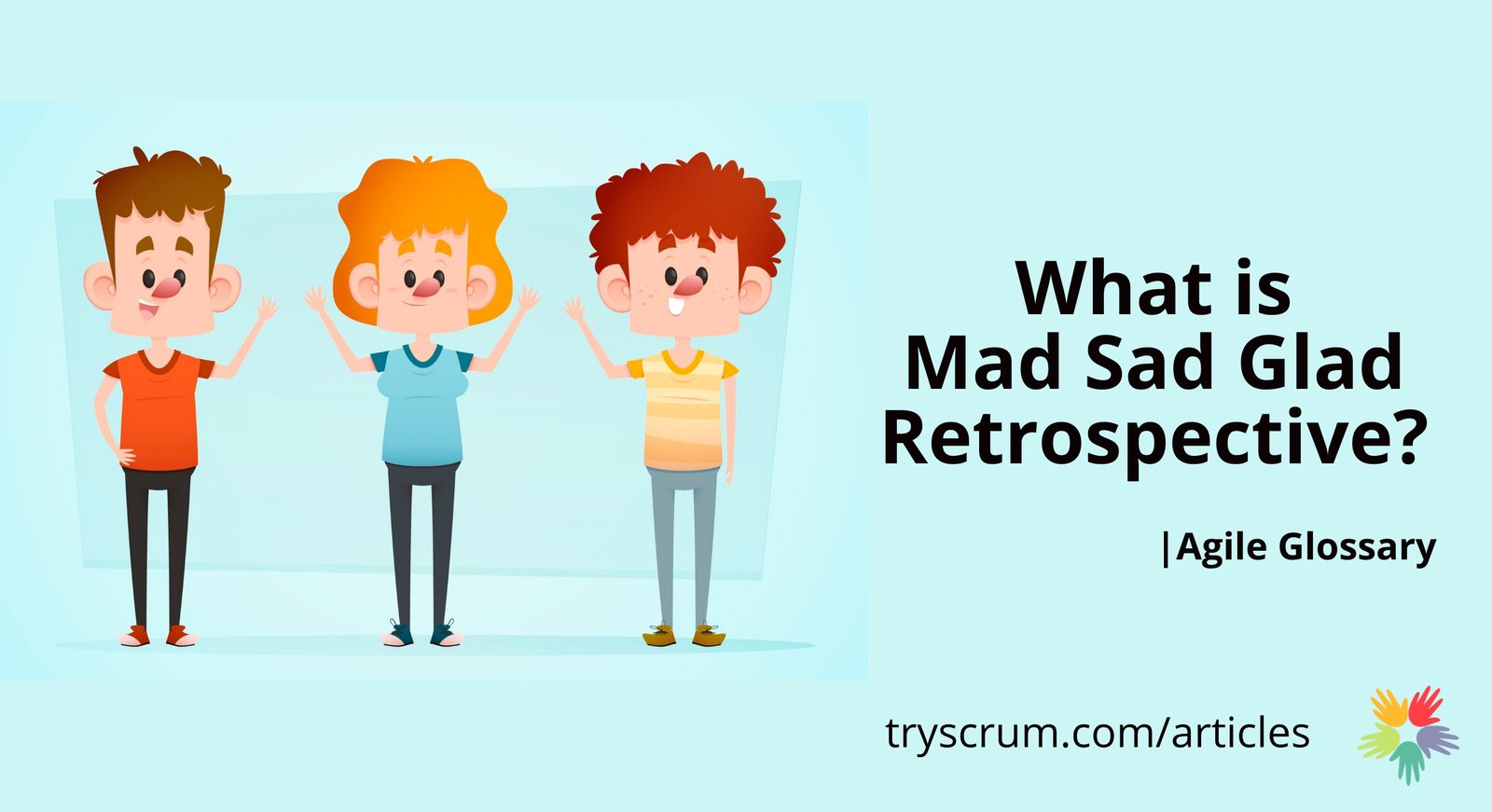The Mad Sad Glad Retrospective is a simple yet powerful technique used in Agile to help teams reflect on their recent sprint or project. It fosters open communication and insights into team emotions, often driving productivity and collaboration. By focusing on what made team members feel mad, sad, or glad, this retrospective creates a space for meaningful conversations and actionable improvements.
What Is the Mad Sad Glad Retrospective?
At its core, the Mad Sad Glad Retrospective is a framework that helps Agile teams identify and understand their emotions during a specific period. Emotions play a significant role in how teams function, and this method allows members to share their feelings constructively. Categorizing experiences under these three emotions highlights pain points, unmet expectations, and causes for celebration.
Categories
- Mad: Events, behaviors, or decisions that frustrated or angered team members.
- Sad: Situations that caused disappointment or letdowns.
- Glad: Positive moments or successes that brought joy or satisfaction.
By exploring these areas, teams can recognize patterns and improve both processes and morale.
How to Conduct a Mad Sad Glad Retrospective
- Set the Stage: Begin by explaining the purpose of the activity and creating a safe, non-judgmental environment. This ensures honest participation.
- Categorize Feedback: Use a board or digital tool divided into three columns—Mad, Sad, and Glad. Team members add notes for each category.
- Group Discussion: Discuss each category in turn. Look for common themes, underlying causes, and actionable items.
- Take Action: Agree on steps to address the Mad and Sad items while celebrating Glad moments. This balance keeps the team motivated.
Why Use the Mad Sad Glad Retrospective?
- Encourages Emotional Transparency: Helps team members feel heard and understood.
- Identifies Key Insights: Reveals hidden challenges and opportunities for growth.
- Fosters Continuous Improvement: Drives better teamwork by addressing emotional blockers.
Conclusion
By incorporating the Mad Sad Glad Retrospective into your Agile practices, you create a foundation for open communication and long-term success. Start your next retrospective with this method and experience the difference it can make for your team.

































